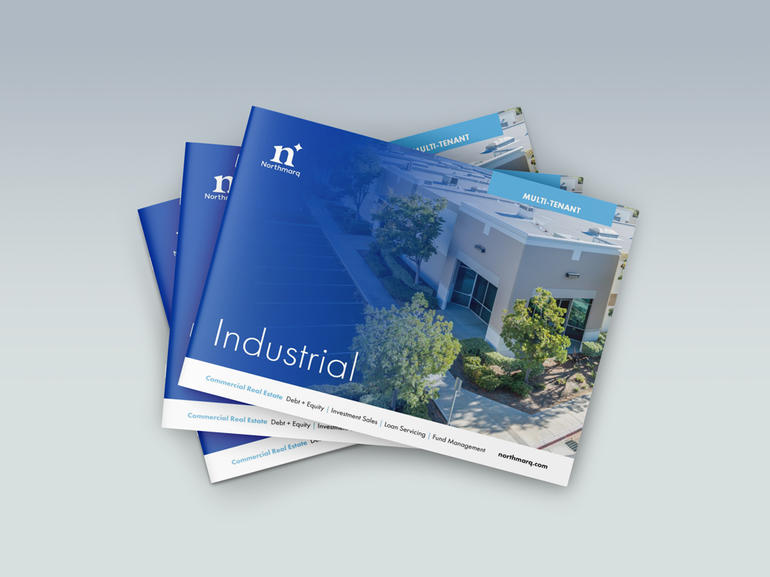MarketSnapshot: Multi-Tenant Industrial
Q1 2025

The multi-tenant industrial sector recorded $16.2 billion in transaction volume during first quarter 2025, representing a 32.1% decline from fourth quarter 2024. Despite this quarterly drop, the sector saw a 5.8% year-over-year increase, illustrating its continued appeal as a favored asset class. Tight financial conditions and elevated borrowing costs, however, have tempered deal flow, mirroring the trends affecting the broader commercial real estate market.
Cap rates for industrial properties saw minimal movement in first quarter 2025. At an average of 6.21%, rates were up a single basis point from the prior quarter and 31 basis points compared to first quarter 2024. Relative stability in this figure reflects industrial’s lower risk profile and strong fundamentals, particularly in high-demand markets such as primary logistics and distribution hubs.
As has been the case for years, private buyers remained the largest group of active participants, with a 51% share of transactions in early 2025. Institutional investors secured a notable 23% market share, largely focusing on high-performing multi-tenant logistics centers. International buyers accounted for 13% of the quarter’s activity, showing an uptick in interest for U.S. industrial assets amid global economic uncertainties. REITs, on the other hand, have been largely absent from industrial acquisitions year-to-date, seeing their market share decline to 3%.
The sector’s continued resilience rests on essential demand drivers like e-commerce, supply chain optimization and last mile distribution. Limited new supply in the development pipeline has bolstered investor demand, but heightened scrutiny on underwriting standards due to market uncertainties, such as the impact of tariffs or a pending recession, have constrained the pace of acquisitions.
Looking ahead, the sector remains well-positioned due to its essential nature, robust fundamentals and flexible tenant base. However, today’s uncertain economic environment is likely to continue influencing industrial investment activity in the near-term.
